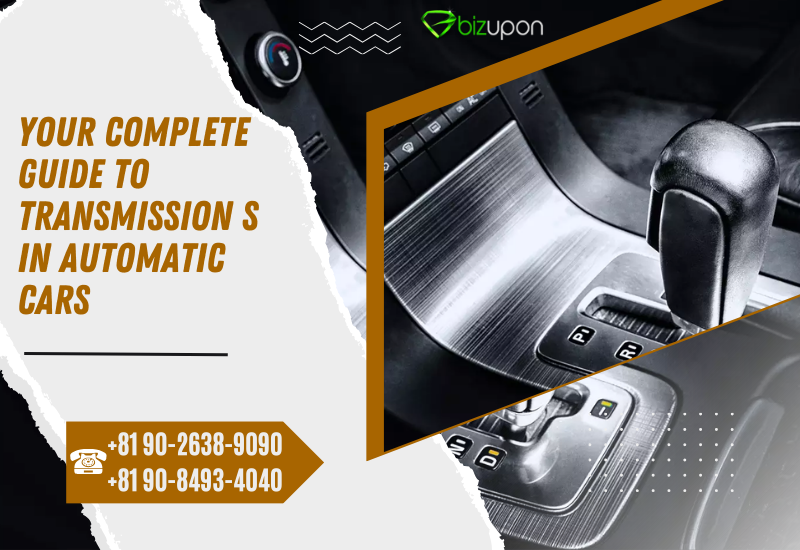When driving an automatic car, you may have noticed various letters on the gear shift, including “P,” “R,” “N,” and “D.” However, another letter that often piques curiosity is “S.” In this complete guide, we will explore what the “S” means in an automatic car, its functionality, and when to use it.
Understanding Automatic Transmission
Before diving into the specifics of the “S” mode, it is essential to understand what an automatic transmission is. An automatic transmission allows a vehicle to change gears automatically without the driver needing to manually shift gears. This system provides convenience and ease of driving, especially in stop-and-go traffic.
Common Gear Settings in an Automatic Car
- P (Park): This mode locks the transmission, preventing the vehicle from moving.
- R (Reverse): This mode is used for driving the vehicle backward.
- N (Neutral): This disengages the engine from the wheels, allowing the car to roll.
- D (Drive): This mode is used for normal driving, allowing the car to shift through gears automatically.
What Does “S” Stand For?
The “S” in an automatic car typically stands for “Sport” mode. This setting is designed to enhance the vehicle’s performance, providing a more dynamic driving experience. When the transmission is in Sport mode, the car may respond differently to the accelerator pedal and shift gears at higher RPMs, allowing for quicker acceleration and improved handling.
Characteristics of Sport Mode
- Higher RPM Shifting: The transmission will hold gears longer before shifting, providing more power and acceleration.
- Improved Throttle Response: The vehicle’s throttle response becomes more sensitive, allowing for faster acceleration.
- Enhanced Engine Braking: Sport mode often utilizes engine braking more effectively, which can help with downhill driving.
When to Use Sport Mode
Sport mode can be beneficial in various driving situations. Here are some scenarios where engaging “S” may be advantageous:
- Performance Driving: When you want to enjoy a more spirited drive, such as on winding roads or during spirited acceleration.
- Overtaking: Sport mode provides quicker acceleration, making it easier to overtake slower vehicles safely.
- Hill Climbing: It can help maintain power and control when driving uphill.
- Sporty Driving Experience: If you simply enjoy a more engaging driving experience, Sport mode can enhance the fun.
Fuel Efficiency Considerations
While Sport mode offers improved performance, it may come at the cost of fuel efficiency. The higher RPMs and more aggressive throttle response can lead to increased fuel consumption. Therefore, it’s essential to use Sport mode judiciously, especially for everyday driving where fuel economy is a concern.
Differences Between Sport Mode and Drive Mode
It is important to differentiate between Sport mode and the standard Drive mode:
- Gear Shifting: In Drive mode, the transmission shifts gears automatically based on the engine load, while in Sport mode, it holds gears longer for performance.
- Throttle Response: Sport mode offers a more responsive throttle, whereas Drive mode provides a more subdued response.
- Driving Experience: Sport mode enhances the driving experience, making it more engaging, while Drive mode focuses on comfort and fuel efficiency.
Remember, always refer to your vehicle’s owner’s manual for specific information about your car’s transmission settings and recommendations on using Sport mode.
By leveraging the features of your automatic car, including the Sport mode, you can enhance your driving experience and enjoy the thrill of the road.

